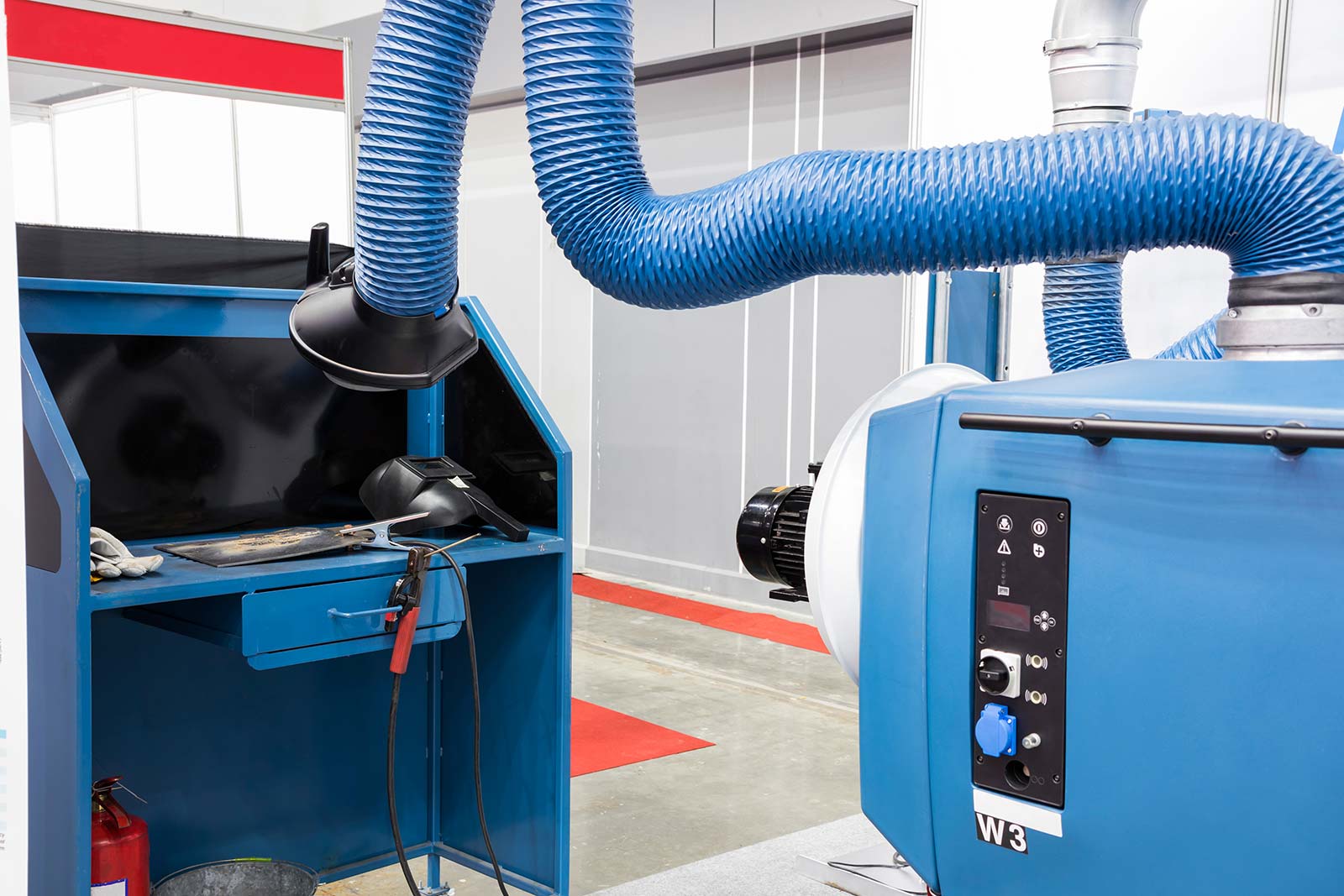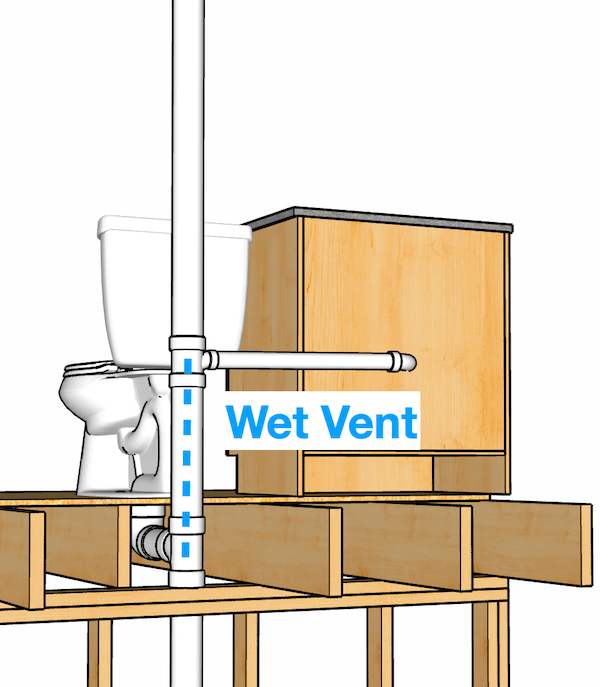Understanding The Importance of Proper Ventilation in Plumbing Systems
Understanding The Importance of Proper Ventilation in Plumbing Systems
Blog Article
We have discovered this post involving Why Plumbing Air Vents Are Important listed below on the internet and figured it made perfect sense to talk about it with you over here.

Appropriate air flow in plumbing systems is commonly forgotten, yet it is important for keeping the functionality and safety of your home's pipes. Ventilation helps regulate air pressure, avoid the accumulation of hazardous gases, and make certain the efficient elimination of waste. In this guide, we will certainly discover the relevance of proper pipes air flow, how it functions, and the benefits it gives your plumbing system.
Understanding Ventilation in Plumbing
Air flow in plumbing describes the network of pipes that permit air to flow through the drainage system. These vents offer multiple objectives, consisting of controling air pressure within the pipes, preventing sewage system gases from entering the home, and helping in the smooth circulation of wastewater.
How Air Flow Works in Plumbing Equipments
Air Pressure Regulation
Appropriate ventilation preserves balanced air pressure within the plumbing system. When water streams through pipelines, it displaces air. Without appropriate air flow, this displacement can develop unfavorable stress, resulting in slow down drains or siphoning of water from traps, which can create undesirable odors to seep into the home.
Protecting Against Sewage System Gas Accumulation
One of the most critical features of pipes vents is to prevent drain gases, such as methane and hydrogen sulfide, from collecting within the home. These gases can pose severe wellness threats and are extremely combustible. Vent pipelines allow these gases to escape safely outside.
Aiding in Waste Removal
Air flow helps in the effective removal of wastewater by protecting against airlocks in the water drainage system. When air can stream easily via the vents, it permits water and waste to move efficiently through the pipes, reducing the threat of obstructions and back-ups.
Types of Pipes Vents
Key Stack Vent
The major pile vent, additionally called the vent stack, is the main vent in a plumbing system. It extends from the primary drainpipe align via the roofing, allowing gases to run away and fresh air to enter the system.
Branch Vent
Branch vents link to the primary pile air vent and serve individual components, such as sinks, commodes, and showers. These vents make certain that each component has adequate air flow to operate properly.
Air Admittance Shutoff (AAV).
An Air Admission Valve (AAV) is a one-way valve that allows air to enter the plumbing system without the requirement for a traditional air vent pipeline expanding via the roof. AAVs are commonly used in remodellings or areas where installing a basic air vent is not practical.
Indications of Poor Ventilation in Pipes.
Slow Draining Fixtures.
If your sinks, bathtubs, or toilets are draining pipes slowly, it could be an indicator of bad ventilation. Inadequate air circulation can create a vacuum cleaner impact, making it hard for water to drain effectively.
Gurgling Seems.
Gurgling noises originating from drains pipes are frequently an outcome of air being drawn via water catches as a result of negative pressure in the pipelines. This is a clear indication of not enough ventilation.
Undesirable Smells.
Sewage system odors inside your home are a warning that your plumbing system is not appropriately ventilated. This might mean that drain gases are not being sufficiently aired vent outside, causing possibly harmful problems.
Common Ventilation Blunders.
Insufficient Vent Sizing.
Making use of small air vent pipes can cause bad air flow and stress imbalances in the system. It's important to utilize vents that fulfill the certain needs of your pipes system.
Improper Vent Positioning.
Putting vents as well much from the components they offer can lower their effectiveness. Correct placement makes sure that air can move easily and effectively through the system.
Disregarding Code Demands.
Building codes supply certain guidelines for plumbing air flow. Ignoring these codes can cause a system that fails to work correctly and might result in pricey repair services or carcinogen.
Benefits of Appropriate Air Flow.
Boosted System Performance.
Appropriately ventilated pipes systems operate more effectively, with less clogs, faster draining pipes, and much less stress on the pipelines. This efficiency expands the life expectancy of the plumbing system.
Improved Air Top Quality.
By avoiding sewer gases from entering your home, appropriate ventilation contributes to far better indoor air quality, making your living atmosphere healthier and extra comfy.
Protecting Against Water Damages.
Adequate ventilation assists avoid water from being siphoned out of catches, which can lead to sewage system gases going into the home and triggering water damages gradually.
Actions to Guarantee Correct Ventilation.
Consulting Plumbing Codes.
Constantly seek advice from local pipes codes when developing or changing your plumbing system. These codes supply the necessary standards for proper venting and guarantee your system meets safety and security requirements.
Normal Evaluation and Maintenance.
Routine examinations can help determine prospective air flow issues prior to they come to be major problems. Upkeep jobs, such as cleansing vent pipelines and looking for obstructions, are essential for keeping the system in good working order.
Specialist Installment.
For brand-new installments or significant modifications, it's smart to hire a specialist plumbing. They have the expertise to guarantee the ventilation system is correctly designed and installed according to code.
Verdict.
Proper air flow is a crucial element of any type of pipes system, making sure that it functions efficiently and securely. By understanding the significance of ventilation, acknowledging the signs of poor air flow, and taking actions to maintain your system, you can prevent pricey concerns and shield your home's air top quality.
4 Things You Should Know About Your Plumbing Vents
What Plumbing Vents Are
Also called a vent stack, a plumbing vent is a vertical pipe attached to your drain line that runs through your roof. The plumbing vent pipe, or plumbing air vent, removes gas and odors from your plumbing system and allows fresh air to enter the pipes, helping the water to flow out of the drain pipes.
What Plumbing Vents Do
Plumbing vents have two basic functions. One of which is to allow unpleasant smelling wastewater and sewer gasses to escape your plumbing system instead of entering your home. Plumbing vent pipes are typically located on roofs, away from windows, to ensure the fumes exit the home completely.
The other function of the plumbing vent is to move fresh air into your plumbing system. This helps move water through every plumbing fixture in your house, like toilets and sink drains. Think of the way in which you need to let a little air into the bottle as you pour soda in order to make the drink flow smoothly.
Different Types of Plumbing Vents
True vent: This is the most common vent option. In simplest terms, a true vent is a vertical pipe attached to your drain line that exits through the roof. They often function as the main vent that other fixtures can connect to. Re-vent pipe or auxiliary vent: Attached to the drain line near specific plumbing fixtures, re-vent pipes run up and over to connect to the main vent. Common vent: Two plumbing fixtures installed on opposite sides of a wall are typically tied into the vent stack using something known as a sanitary cross. Wet vent: This venting option operates as a drain pipe and a vent at the same time. Wet vent drainage systems drain water from one fixture while venting the air from another. Although they’ve been used for over 100 years, wet vent systems have only recently been added to the plumbing code in many areas. If you’re planning on installing one in a bathroom remodel, make sure you check your local code prior to construction. Loop vent: For free-standing fixtures like kitchen island sinks, loop vents are ideal. These vent pipes run under the floor, rise from the P-trap, and create a loop inside the cabinet sink. Air admittance valve: An AAV is a one-way mechanical valve typically installed at the site of the plumbing fixture. AAVs allow venting to occur without having to tie into a larger venting system. They’re ideal for venting fixtures where you aren’t able to easily connect to an existing vent system. Common Plumbing Vent Issues
Although vent pipes typically don’t have water flowing through them, they’re still subject to many typical plumbing issues. For example, clogs are one of the most common problems associated with sewer vent pipes. If your vent pipe gets clogged, all of your plumbing fixtures tied into the vent stack will be affected.
A sink with a slow drain that bubbles and gurgles or a strong sewage smell around your toilet are both indicators that your toilet vent pipe is clogged. Because most vent pipes exit through the roof, old leaves, twigs or even a bird’s nest could be clogging the pipe.
Clogs in your vent pipe system cause a buildup of negative pressure, meaning that water won’t be able to flow out of your home very well. It’s similar to putting your finger over the opening of a straw to trap water inside. When you remove your finger, the water is able to flow out of the straw.
If you suspect you have any blockage in your vent, make sure you have a professional come examine the situation. Left unchecked, a blocked air vent can lead to other costly repairs, like leaks and sediment buildup.
Under Pressure
Pipe vents are essential aspects of a home’s plumbing system. Owning a home means learning about all sorts of things you never put much thought into before. But by understanding as much as you can about the important systems of your home, you can keep those budgets intact and those anxiety levels low.
https://www.homeserve.com/en-us/blog/home-improvement/plumbing-vents/

Do you really like more info about The Upsides of Proper Ventilation in Plumbing Design? Make a remark below. We'd be glad to hear your responses about this page. We are looking forward to see you back again in the future. Feel free to take a moment to distribute this write-up if you enjoyed it. We recognize the value of your readership.
Request An Appointment Report this page